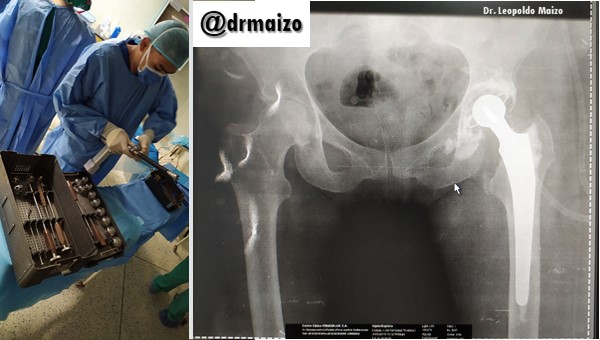
Bone Cement
Methyl methacrylate is an acrylic plastic that has been used in medicine for many years, particularly by dentists and neurosurgeons, to fill skull bone defects. In the field of orthopaedic surgery, the Judet brothers in Paris developed a femoral stent, initially made of acrylic material between 1946 and 1953. The polymethylmethacrylate (PMMA) bone cement formula we use today has not essentially changed from the cement developed for Charnley by Denis Smith, a dental materials scientist at the University of Manchester.

How does it work?
Bone cement has two components, one liquid and one pulverized, which must be mixed during operation. About 88 percent of the weight of the powdered component is made up of PMMA particles or random copolymers, mostly methylmethacrylate (MMA), along with a small amount of other monomers such as styrene. Most of the particles are spherical. The remaining 10 percent of the powder is radiopaque (if added) by the presence of sulfate, barium, or zirconium dioxide. Also present is benzoyl peroxide (two per 100), which is an initiator (catalyst) of polymerization. The liquid component is the monomer [MMA] and also contains N,N dimethyl-p-toluidine (DMPT) --activator-- and a polymerization retardant hydroquinone. When the components are mixed, there is a rapid reaction of the benzoyl peroxide of the powder with the DMPT of the liquid. This reaction releases benzoyl radicals that promote the polymerization of MMAs. This polymerization reaches 90 percent between 5 and 15 minutes. It is an exothermic reaction, which leads the cement to a pasty phase between three and seven minutes.
https://cdn.steemitimages.com/DQmTqcxqusdGmpmmgY7fW6cdackBm7jDTeuSdLpBMkFSLN5/protesisCadera-014.jpg




.png)